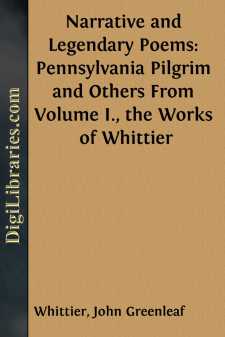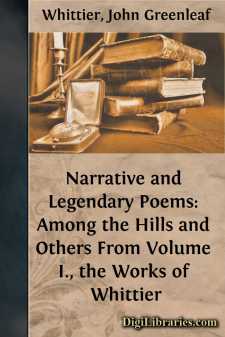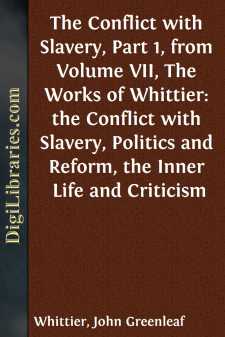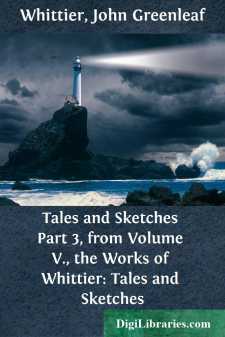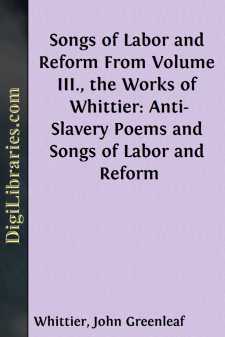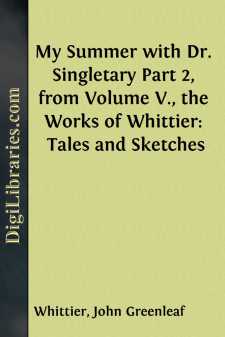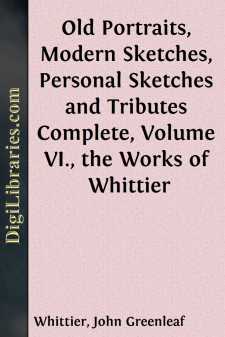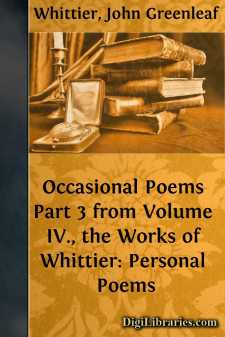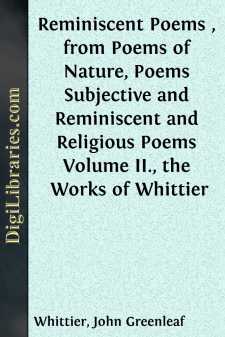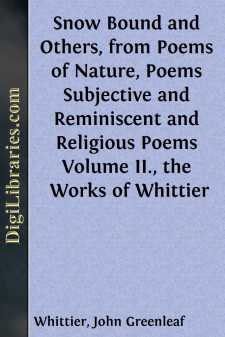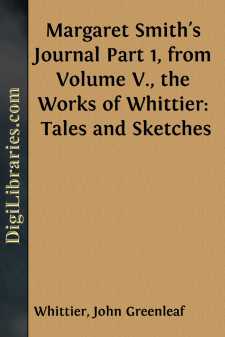Categories
- Antiques & Collectibles 13
- Architecture 36
- Art 48
- Bibles 22
- Biography & Autobiography 813
- Body, Mind & Spirit 142
- Business & Economics 28
- Children's Books 17
- Children's Fiction 14
- Computers 4
- Cooking 94
- Crafts & Hobbies 4
- Drama 346
- Education 46
- Family & Relationships 57
- Fiction 11829
- Games 19
- Gardening 17
- Health & Fitness 34
- History 1377
- House & Home 1
- Humor 147
- Juvenile Fiction 1873
- Juvenile Nonfiction 202
- Language Arts & Disciplines 88
- Law 16
- Literary Collections 686
- Literary Criticism 179
- Mathematics 13
- Medical 41
- Music 40
- Nature 179
- Non-Classifiable 1768
- Performing Arts 7
- Periodicals 1453
- Philosophy 64
- Photography 2
- Poetry 896
- Political Science 203
- Psychology 42
- Reference 154
- Religion 513
- Science 126
- Self-Help 84
- Social Science 81
- Sports & Recreation 34
- Study Aids 3
- Technology & Engineering 59
- Transportation 23
- Travel 463
- True Crime 29
Narrative and Legendary Poems: Pennsylvania Pilgrim and Others From Volume I., the Works of Whittier
Description:
Excerpt
THE PENNSYLVANIA PILGRIM.
INTRODUCTORY NOTE.
THE beginning of German emigration to America may be traced to the personal influence of William Penn, who in 1677 visited the Continent, and made the acquaintance of an intelligent and highly cultivated circle of Pietists, or Mystics, who, reviving in the seventeenth century the spiritual faith and worship of Tauler and the "Friends of God" in the fourteenth, gathered about the pastor Spener, and the young and beautiful Eleonora Johanna Von Merlau. In this circle originated the Frankfort Land Company, which bought of William Penn, the Governor of Pennsylvania, a tract of land near the new city of Philadelphia. The company's agent in the New World was a rising young lawyer, Francis Daniel Pastorius, son of Judge Pastorius, of Windsheim, who, at the age of seventeen, entered the University of Altorf. He studied law at, Strasburg, Basle, and Jena, and at Ratisbon, the seat of the Imperial Government, obtained a practical knowledge of international polity. Successful in all his examinations and disputations, he received the degree of Doctor of Law at Nuremberg in 1676. In 1679 he was a law-lecturer at Frankfort, where he became deeply interested in the teachings of Dr. Spener. In 1680-81 he travelled in France, England, Ireland, and Italy with his friend Herr Von Rodeck. "I was," he says, "glad to enjoy again the company of my Christian friends, rather than be with Von Rodeck feasting and dancing." In 1683, in company with a small number of German Friends, he emigrated to America, settling upon the Frankfort Company's tract between the Schuylkill and the Delaware rivers. The township was divided into four hamlets, namely, Germantown, Krisheim, Crefield, and Sommerhausen. Soon after his arrival he united himself with the Society of Friends, and became one of its most able and devoted members, as well as the recognized head and lawgiver of the settlement. He married, two years after his arrival, Anneke (Anna), daughter of Dr. Klosterman, of Muhlheim. In the year 1688 he drew up a memorial against slaveholding, which was adopted by the Germantown Friends and sent up to the Monthly Meeting, and thence to the Yearly Meeting at Philadelphia. It is noteworthy as the first protest made by a religious body against Negro Slavery. The original document was discovered in 1844 by the Philadelphia antiquarian, Nathan Kite, and published in The Friend (Vol. XVIII. No. 16). It is a bold and direct appeal to the best instincts of the heart. "Have not," he asks, "these negroes as much right to fight for their freedom as you have to keep them slaves?" Under the wise direction of Pastorius, the German-town settlement grew and prospered. The inhabitants planted orchards and vineyards, and surrounded themselves with souvenirs of their old home. A large number of them were linen-weavers, as well as small farmers. The Quakers were the principal sect, but men of all religions were tolerated, and lived together in harmony. In 1692 Richard Frame published, in what he called verse, a Description of Pennsylvania, in which he alludes to the settlement:—
"The German town of which I spoke before,
Which is at least in length one mile or more,
Where lives High German people and Low Dutch,
Whose trade in weaving linen cloth is much,
—There grows the flax, as also you may know
That from the same they do divide the tow....


